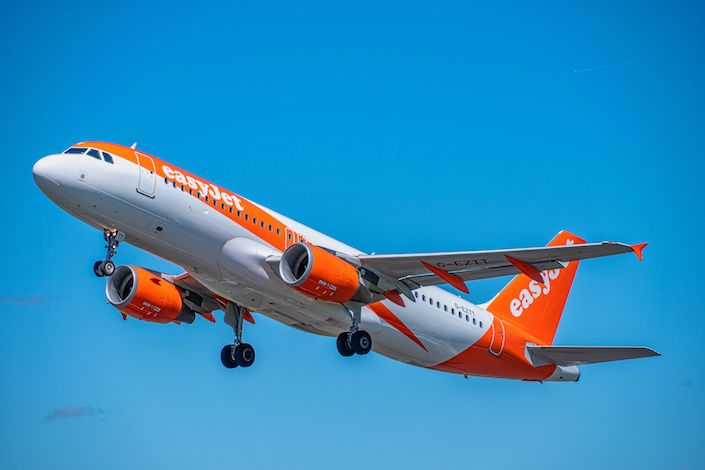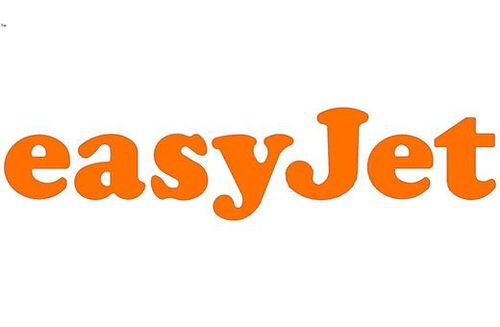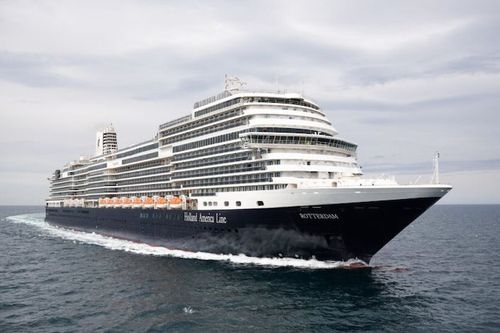Where travel agents earn, learn and save!
News / easyJet takes to the skies with Iris: Next generation air traffic communication service
Ground-breaking Iris satellite-based datalink technology enters commercial service, enabling airspace optimisation to ease congestion and reduce delays and emissions for airlines

easyJet has taken to the skies as the first airline partner of the ground-breaking Iris programme, an initiative led by the European Space Agency (ESA) and global communications company Viasat, which is using the latest generation of satellite technology to help modernise air traffic management (ATM).
The EASA-certified Iris service provider ESSP has involved 15 leading Air Navigation Service Providers (ANSPs) in support of the first commercial flights taking place across Europe this year – with up to 11 easyJet Airbus A320neo aircraft taking part. This initiative is a European first in putting the Single European Skies initiative into action.
Through the use of Iris, easyJet will be able to operate its aircraft as efficiently as possible to achieve further fuel burn improvements and emissions reductions. More broadly, the programme will be a key component in helping deliver airspace modernisation across the industry.
Airspace modernisation and subsequent gains in efficiencies is one crucial element in the airline industry’s path to net zero. In 2022, easyJet announced its interim science-based carbon reduction target – 35% carbon emissions intensity improvement by FY2035, on a FY2019 baseline. This came as part of the airline’s commitment to achieve net-zero carbon emissions by 2050.
More efficient use of airspace is crucial for aviation to reduce emissions, as it is the most achievable source of carbon reductions right now. This is because more direct flight paths lead to shorter flying times, and thus use less fuel burn and generate fewer emissions. Achieving this will be critical to reaching the Single European Sky’s ATM Research (SESAR) ambition to deliver 10% carbon emissions savings from European aviation.
Iris represents an important technology evolution, delivering faster and more reliable satellite communications between the aircraft and the ground. This will help air traffic controllers and pilots to achieve further operational efficiencies, by calculating the shortest available routes, cruising at optimum altitudes, and using continuous climb and descent paths.
ESA has led and funded Iris with the aim of supporting the European Policy on Single European Skies through a solution that has full European coverage and is based on state of the art, highly secure, satellite communication mobile technologies. This has been carried out by ESA in full coordination with European aviation stakeholders, including the International Civil Aviation Organisation (ICAO), to ensure Iris is fully compliant with European and worldwide aviation needs and requirements. In order to achieve this goal ESA has set up a European industrial consortium of more than twenty companies, with Viasat (which recently acquired Inmarsat) as prime contractor.
Powered by Viasat’s award-winning SwiftBroadband-Safety (SB-S) connectivity platform, Iris paves the way for multilink data link communications – a cornerstone to implementing new ATM functionalities.
Offered as a fully developed and certified capability by Airbus on the A320 andA330 series aircraft, Iris shares trajectory and intent-based operational information, allowing airlines to avoid holding patterns, calculate the shortest available routes and optimum altitudes, and benefit from continuous climb and descent pathways.
In 2022, Viasat and ESA signed a new contract to globalise its Iris programme. Iris Global will focus on the technologies and certification required to share the fuel, CO2, and congestion-saving benefits of Iris with regions beyond Europe, and such developments are already well underway.











